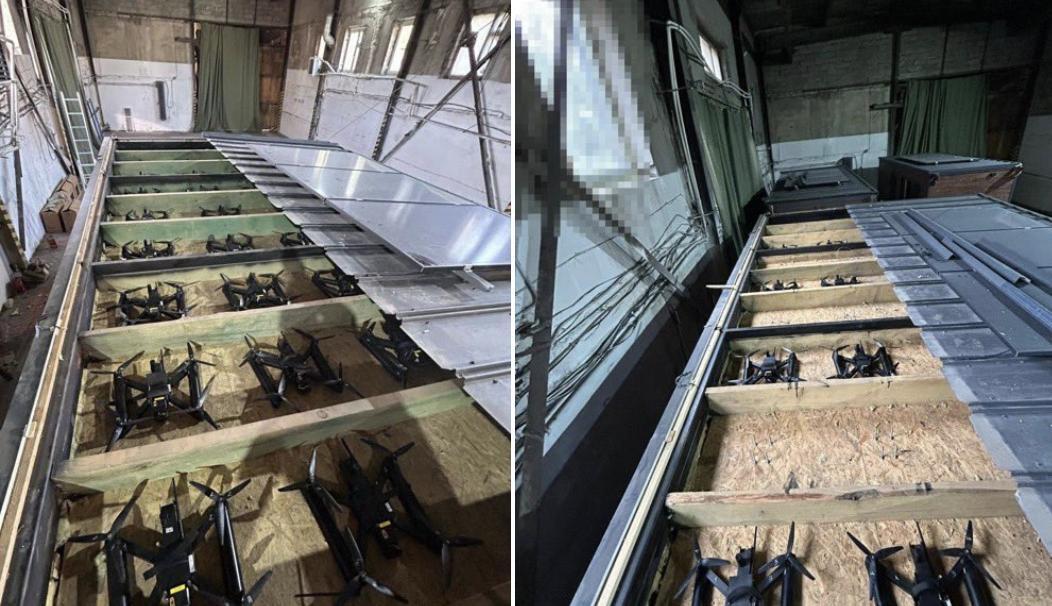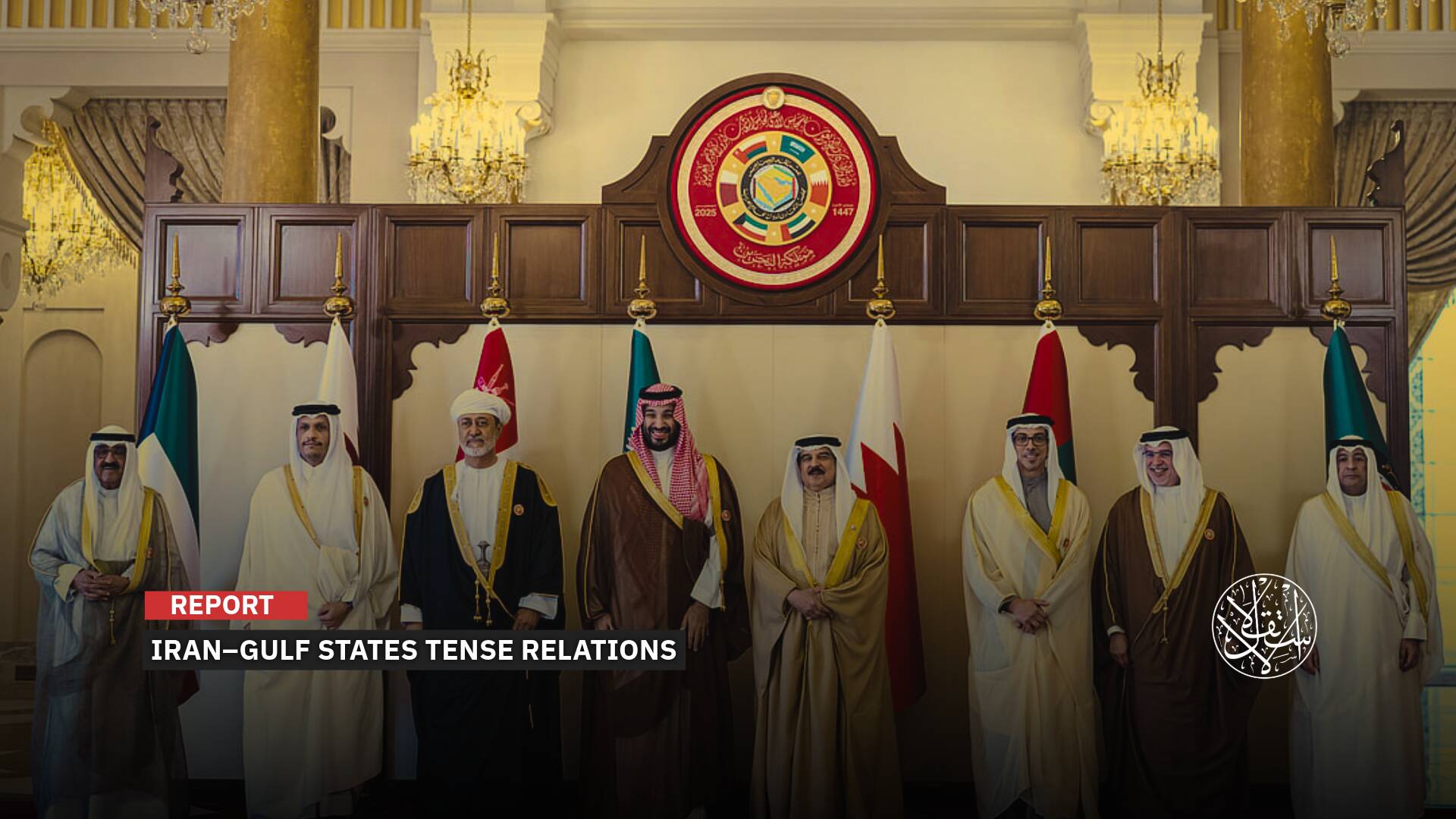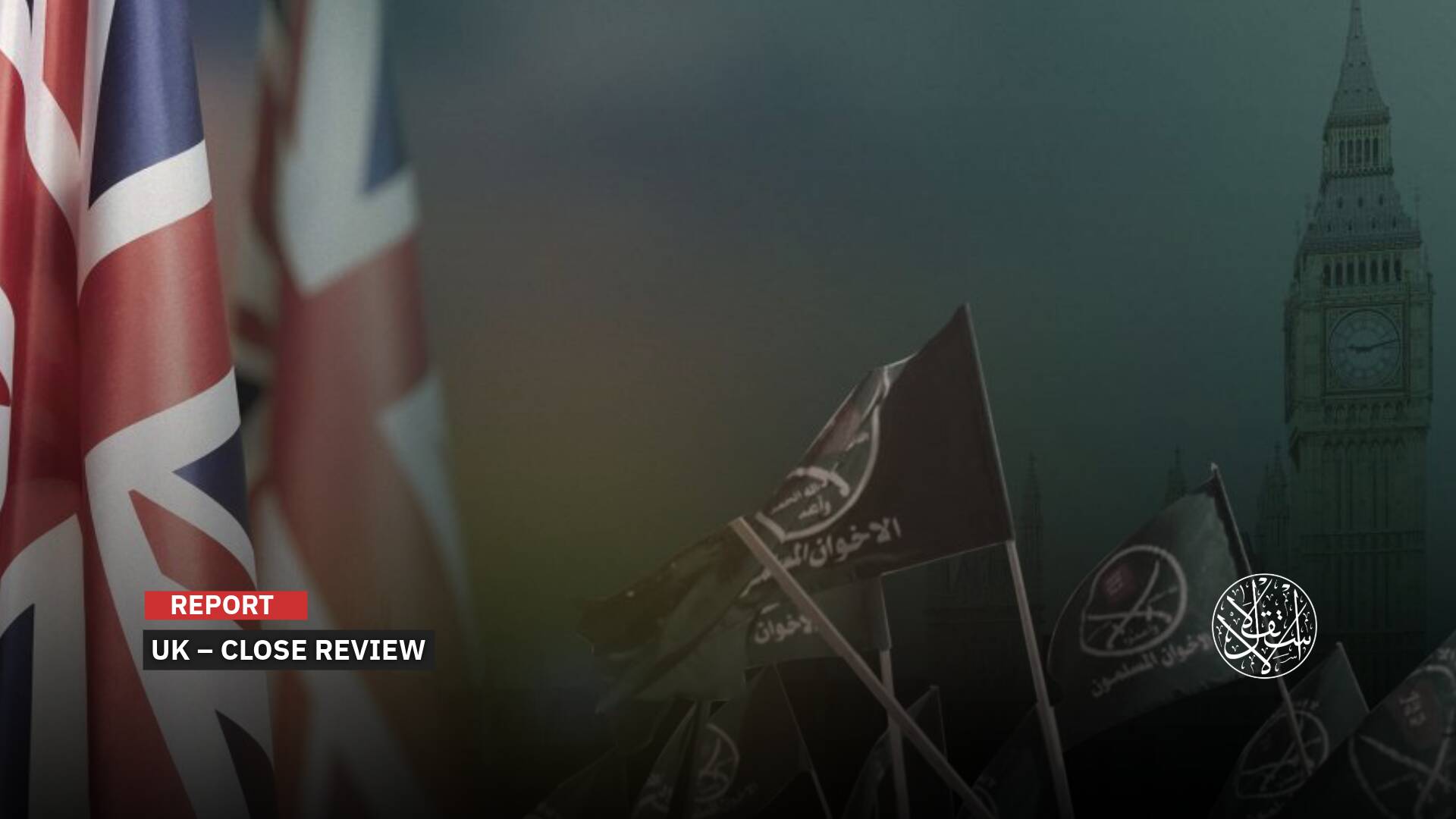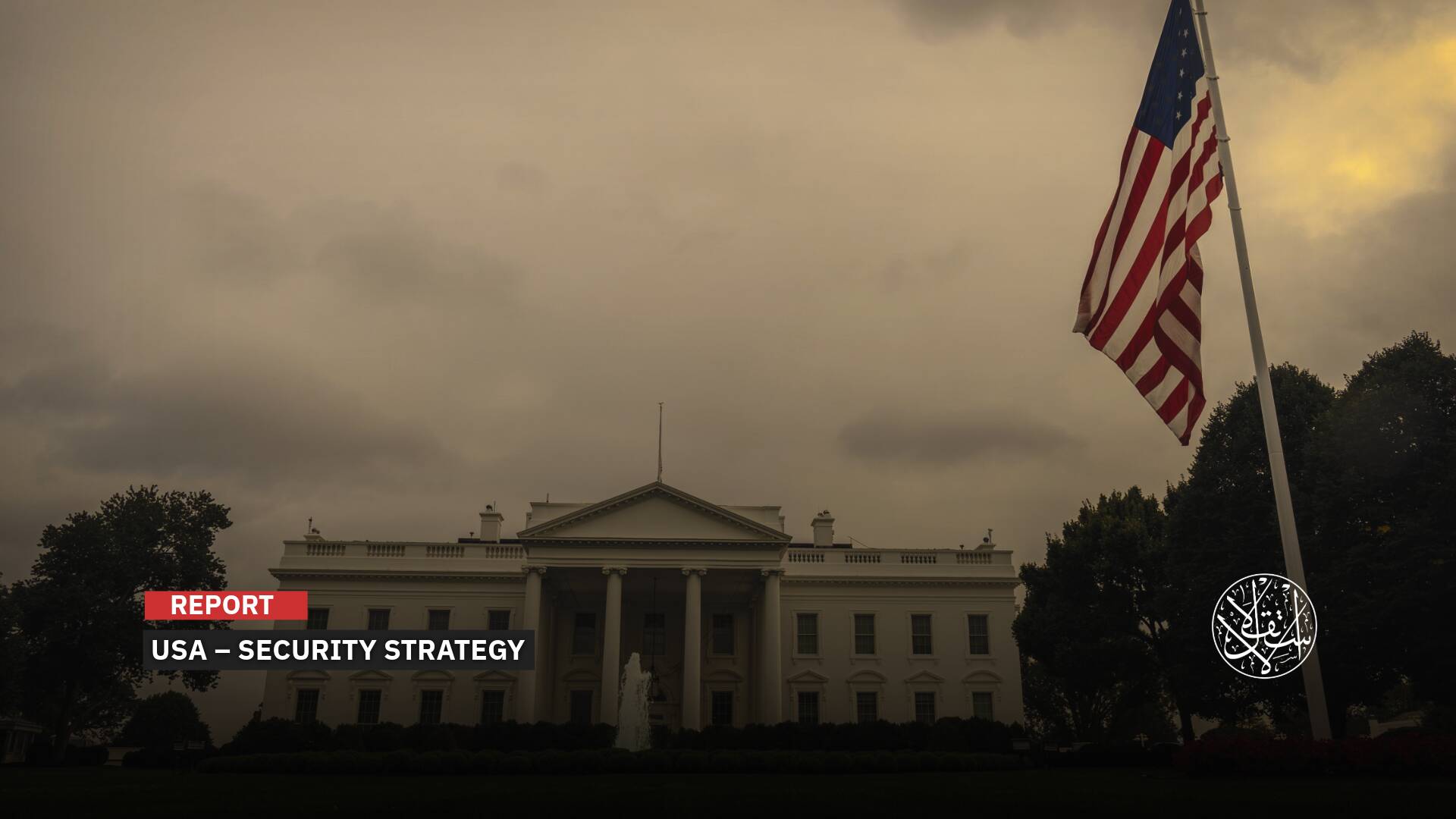How the ‘Spider Web’ Attack Could Change the Rules of the Russian-Ukrainian Conflict

“Ukraine said the Spider Web attack cost Russia $7 billion.”
Ukraine is making strenuous efforts to demonstrate its ability to continue the war and inflict maximum losses on Russia, despite its continued calls for a permanent ceasefire agreement without preconditions.
Earlier this month, Ukrainian forces carried out several high-profile operations, some of their most intense since the start of the Russian invasion in February 2022, attacking strategic Russian military bases with a swarm of explosive drones.
Ukrainian intelligence also claimed responsibility for several bombings targeting military trains and bridges used by Russian forces to transport equipment and supplies.
It is worth noting that Western countries have provided some support for Ukraine's deep strike program.
On June 3, Britain pledged to provide Ukraine with 100,000 drones over the coming months. On May 28, Germany also pledged to finance long-range Ukrainian drones.
Experts believe that the shift of operations from the Ukrainian-Russian border to Moscow reflects a dangerous shift in war strategy and reveals Ukraine's adoption of more aggressive tactics to target the Russian interior.
Ukrainian Breakthrough
On June 1, Ukraine launched one of its largest attacks in the war against air bases deep inside Russia, destroying long-range Russian bombers capable of carrying nuclear weapons. This covert operation was dubbed ‘Spider Web’, and Western media likened it to ‘Russia’s Pearl Harbor’.
It should be noted that targeting Russian long-range bombers was previously unthinkable, as Moscow worked to place them beyond the range of Ukrainian weapons, both domestically produced and supplied by allies.
The latest attack targeted very distant air bases, such as the Olenya base in the Murmansk region (2,000 km from the Ukrainian border) and the Belaya base in Irkutsk (more than 4,000 km from the front line), reflecting a major logistical breakthrough.
The unprecedented Ukrainian attacks on Russian air bases came hours after Kyiv suffered a devastating strike, as Russia targeted a Ukrainian military training base, killing at least 12 soldiers.
The surprise attack also came as peace talks between Moscow and Kyiv continued without significant results, amid Turkish and American attempts to push the two sides toward a ceasefire.
On the other hand, the Russian Ministry of Defense reported that the army had bombed a Ukrainian long-range drone launching point at Chuhuiv air base in Kharkiv Oblast with Iskander-M missiles.
Ukrainian President Volodymyr Zelenskyy said that planning for the operation began 18 months ago, noting that the attackers had been withdrawn from Russia before the attacks.
He described the results of the attack as absolutely remarkable, adding: “Ukraine is defending itself, and rightly so—we are doing everything to make Russia feel the need to end this war.”

Vasyl Maliuk, the head of the Security Service of Ukraine (SBU), said drones were smuggled into Russia and placed inside containers, which were later loaded on to trucks.
With the trucks positioned near Russian bases, the roof panels of the containers were lifted off by a remotely activated mechanism, allowing the drones to fly out and begin their attack.
The drones had first-person view, or FPV, technology that allowed them to be operated remotely, probably from Ukrainian territory.
Ukraine claimed to have damaged 41 Russian aircraft, including A-50 surveillance planes, the supersonic Tu-160 and Tu-22 bombers, and the massive Tu-95s, which were developed to carry nuclear bombs.
Just as Pearl Harbor upended concepts of naval warfare, the recent Ukrainian attack upends concepts of traditional air superiority.
Ukrainian security services (SBU) said it had hit planes worth a combined $7 billion at four air bases in the wave of drone strikes.
The Wall Street Journal described this bombing as a significant victory for Ukraine's deep-strike program, which uses drones to target vital sites within Russian territory.
The Economist said that the Spider Web attack is likely to rank among the most significant raids in modern warfare, noting that it could rewrite the rules of the Russian-Ukrainian war.
“Ukraine's ability to damage or destroy so many Russian aircraft deep within its territory reflects the development of its offensive capabilities, as well as the remarkable extent to which Ukrainian covert agents have become able to operate within Russia,” it added.
In this context, the New York Times quoted a Pentagon official as saying that the recent Ukrainian attack demonstrated Kyiv's ability to strike almost anywhere within Russia, denying that Kyiv had informed Washington in advance of the plans or timing of this attack.

High-Profile Operations
Russia is experiencing an unprecedented security escalation following a series of simultaneous incidents that indicate that its interior has become an open arena for Ukrainian attacks.
On May 29, Russian authorities announced the death of Zaur Aleksandrovich Gurtsiev, deputy mayor of Stavropol, as a result of an improvised explosive device.
On the morning of June 1, Russian authorities also announced that two bridges collapsed in the Bryansk and Kursk regions of Russia after being targeted by terrorist attacks, derailing two trains, killing at least seven people and injuring dozens.
Meanwhile, the Ukrainian Intelligence Service claimed responsibility for the bombing of a Russian military train in the Melitopol region, stating that the bombing disrupted logistical supplies to Russian forces in Zaporizhia and Crimea.
Two days after the Spider Web attack, Ukrainian forces launched a large-scale attack using drones and missiles, targeting areas in Zaporizhia and Kherson, both Russian-controlled regions in southern Ukraine.
The Ukrainian attack focused particularly on energy infrastructure, causing widespread power outages in those areas and forcing Russian authorities to impose emergency measures and resort to backup power sources.
On June 4, the SBU announced that it had targeted the Crimea Bridge in a unique operation, carrying out an underwater rigging operation and detonating its supports, temporarily suspending traffic on the bridge.
It stated that it had struck the Crimea Bridge twice in 2022 and 2023, explaining that the third strike had been planned for months.

It is worth noting that the recent military attacks carried out inside Russia are not the first unconventional operations in the Ukrainian military's history of qualitative operations.
On November 10, 2024, Ukraine launched a major attack using dozens of drones, targeting Moscow, Bryansk, Kaluga, Tula, and Kursk.
The attack temporarily closed Moscow's major airports, highlighting the growing threat of drones in modern warfare.
On August 6, 2024, the Ukrainian military launched a surprise attack across the Russian border in the Kursk region, marking the largest Ukrainian ground incursion into Russian territory since World War II.
The attack demonstrated Ukraine's ability to carry out complex military operations deep inside Russian territory and exposed the Russian military's vulnerabilities, catching Moscow by surprise.
On April 14, 2022, the Russian warship Moskva, the flagship of the Black Sea Fleet, sank after being hit by two Ukrainian Neptune-class missiles.
This attack dealt a major morale and military blow to Russia, as the Moskva was a symbol of the Russian Navy's strength in the Black Sea.
This incident demonstrated the effectiveness of Ukrainian missiles in targeting warships, changing the balance of power in the maritime region.

Russian Failure
With the potential Russian response and the repercussions of the Spider Web attack, which could change the rules of engagement, the major challenge facing President Vladimir Putin will be to hold his security services accountable for the significant failure to anticipate and thwart the attack.
What's interesting here is that the trucks transporting the drones had traveled distances of up to 6,000 kilometers inside Russian territory, reaching distances ranging from 30 to 115 kilometers from air bases before the attack began, without arousing the suspicion of Russian security services.
Analysts believe that this strike, coupled with the intelligence failure, could be more devastating than the August 2024 surprise attack in the Kursk region, which resulted in a relatively large Ukrainian incursion after opening a breach in the contact lines.
Russia subsequently had to engage in fierce clashes that resulted in heavy losses on both sides, and it was only eight months before the Ukrainian army succeeded in recapturing the territory.
Putin may feel the need to show strength and resolve after the attack, potentially by stepping up his attacks on Ukraine, analysts said.

In turn, Dr. Nasr al-Yousef, an expert on Russian affairs, said in a statement to Al-Estiklal that the recent Russian incursion, particularly in the Sumy and Kharkiv regions, has placed the Ukrainian army in a critical position, forcing it to seek alternative measures to compensate for its losses.
He explained that the successive Ukrainian attacks over the past few days aim to strengthen Kyiv's negotiating position and confirm that Ukraine still possesses the ability to inflict painful blows on the Russians.
Dr. al-Yousef concluded that the Russian response to the Spider Web attack will be determined by the results of investigations into the identity of the intelligence agencies behind this attack—whether British, European, or American—anticipating the possibility of the Russian nuclear doctrine being activated to strike the implicated country.
He also indicated that Moscow will expand its strikes on Ukrainian cities and reinforce its policy of maximum military pressure in the coming period, while simultaneously advancing the process of establishing a buffer zone along the eastern border within Ukrainian territory.
Sources
- How Ukraine’s Operation “Spider’s Web” Redefines Asymmetric Warfare
- Large-Scale Ukrainian Attack Targets Air Bases in Russia
- An astonishing raid deep inside Russia rewrites the rules of war
- Russia’s Crimean Bridge rocked by explosions, Ukraine’s SBU claims responsibility
- Ukraine’s Operation Spider Web Shows Future of Drone Warfare











